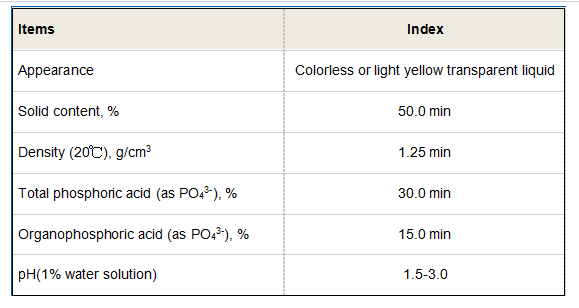chloro methyl isothiazolinone
Understanding Chloromethylisothiazolinone Uses, Benefits, and Safety Considerations
Chloromethylisothiazolinone (CMIT) is a biocidal compound widely used in various industries, especially in cosmetic and personal care products, as well as industrial applications. It is primarily known for its antimicrobial properties, making it an essential ingredient in preserving formulations by inhibiting the growth of bacteria, fungi, and other microorganisms. In this article, we will explore the characteristics, applications, benefits, and safety concerns related to chloromethylisothiazolinone.
What is Chloromethylisothiazolinone?
CMIT is a synthetic isothiazolinone derivative, a class of chemicals characterized by a five-membered ring with sulfur and nitrogen atoms. This compound is a colorless liquid with a faint, unpleasant odor. It is often used in combination with another isothiazolinone, methylisothiazolinone (MIT), which amplifies its preservative effects. Together, CMIT and MIT are effective in maintaining the stability and safety of various products against microbial contamination.
Applications of CMIT
Chloromethylisothiazolinone is commonly found in many consumer products, particularly in the cosmetic and personal care industry. It is used in formulations such as shampoos, conditioners, lotions, and creams to prevent microbial growth. Additionally, CMIT is utilized in several household cleaning products, paints, and industrial fluids. Its ability to remain effective in different pH levels and temperatures makes it a versatile preservative choice.
In the industrial sector, CMIT is employed to protect a range of materials from microbial deterioration. For instance, it is used in the formulation of cooling water alternatives, metalworking fluids, and wood preservatives. Its broad-spectrum antimicrobial activity ensures that it can inhibit a wide variety of pathogens, making it valuable in maintaining product integrity.
Benefits of Using CMIT
chloro methyl isothiazolinone

The primary advantage of incorporating chloromethylisothiazolinone into products is its effective antimicrobial properties. It provides long-lasting preservation, extending the shelf life of consumer products and preventing spoilage. Furthermore, considering its efficacy at low concentrations, CMIT is economically viable for manufacturers.
Another significant benefit is its combination with MIT, which allows for a synergistic effect. This blend enhances the overall antimicrobial action, offering stronger protection against bacterial and fungal contamination than either compound alone. As a result, formulations can maintain their efficacy over time without the need for high chemical concentrations.
Safety Considerations
Despite its benefits, concerns regarding the safety of chloromethylisothiazolinone have arisen, particularly related to skin irritation and allergic reactions. In recent years, regulatory bodies have imposed restrictions on its concentration in cosmetic products, particularly in leave-on formulations. For instance, the European Union has classified CMIT as a sensitizer, leading to strict guidelines on its permissible levels in personal care items.
Consumers are advised to be cautious when using products containing CMIT, especially if they have sensitive skin or a history of allergies. It is essential to conduct patch tests and discontinue use if any adverse reactions occur.
Conclusion
Chloromethylisothiazolinone is a powerful preservative recognized for its effectiveness in preventing microbial growth. Its diverse applications across cosmetics, household products, and industrial materials highlight its significance in maintaining product safety and stability. However, as with any chemical, it is crucial to use CMIT responsibly, keeping safety considerations in mind to minimize potential risks. Ongoing research and regulatory measures will continue to shape the use of chloromethylisothiazolinone, ensuring that its benefits can be harnessed safely and effectively in various industries.
-
Water Treatment with Flocculant Water TreatmentNewsJun.12,2025
-
Polymaleic AnhydrideNewsJun.12,2025
-
Polyaspartic AcidNewsJun.12,2025
-
Enhance Industrial Processes with IsothiazolinonesNewsJun.12,2025
-
Enhance Industrial Processes with PBTCA SolutionsNewsJun.12,2025
-
Dodecyldimethylbenzylammonium Chloride SolutionsNewsJun.12,2025





